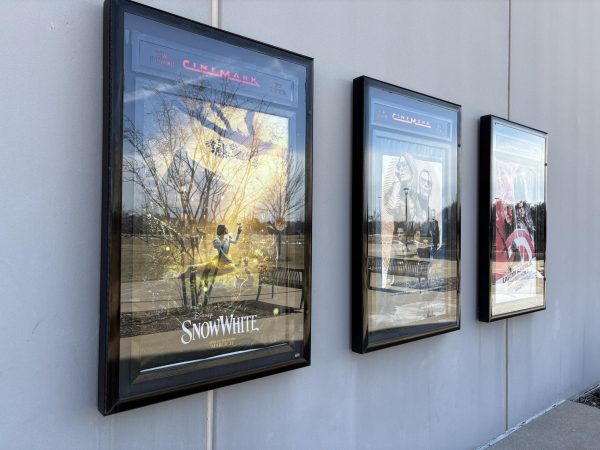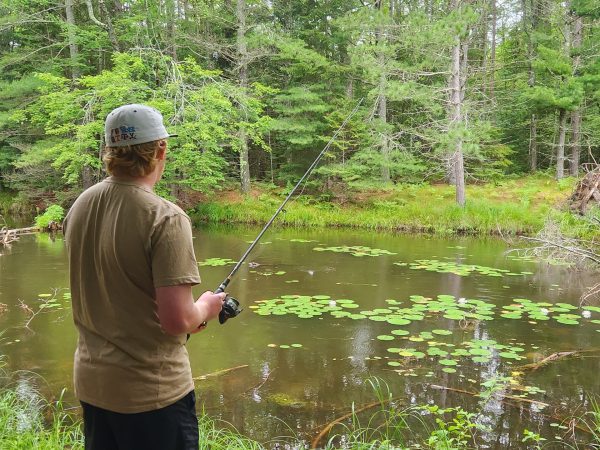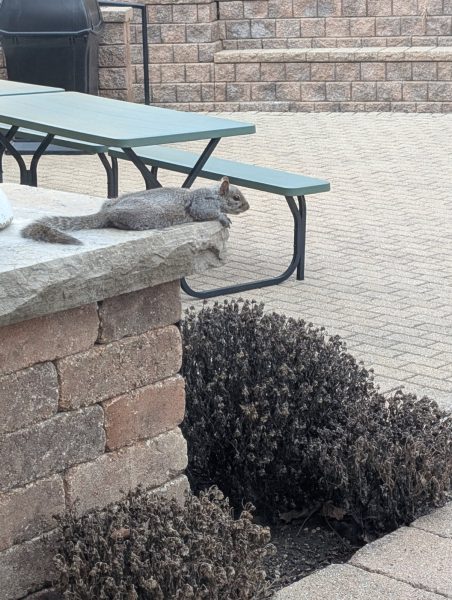Dying to Grow
This is the anthropology research facility for the state and it’s used by forensic scientists.
We all remember seeing the movie, “The Blind Side.” The tutor and Ole Miss alumni told football star Michael Oher that he didn’t want to go to Tennessee because of what was under the football field. The FBI reportedly buried the body parts of unidentified dead people under the University of Tennessee, specifically under Neyland Stadium, for educational purposes. Dr. Kramer from UT says, “It is a strange place to be housed, but in some respects it is well known they are here.” This is actually true; this university is one of seven body farms in the United States!
A body farm is a research facility that’s dedicated to decomposition, which can be studied in many different settings. It was originally invented by William Bass, an anthropologist, in 1972. William started this because they knew little to nothing about the decomposition of the human body. Body farm research is mostly for people interested in forensic anthropology. Even studies for people in fields such as law enforcement and forensic science can use body farms. By placing bodies outside, a researcher can learn and get a better understanding of the decomposition process in the elements. There are seven facilities in the United States.
When examining bodies, students will study many conditions, such as how long a body was locked in a trunk of a car, or even how long someone was submerged in water. When humans begin to decompose they will begin being studied in a fresh stage, then the bloating stage, then decay, and lastly a drying stage. An average of 100 bodies per research facility are dedicated per year for the purpose of studying to learn and better the future.
It is the generous thought of people who elect to donate their bodies to science upon their death that makes this possible. Without these donations we would not know nearly as much as we do about how long someone has been dead, or how long they have been floating in the water

Hello! My name is Sam and yes, I occasionally speak. This is my first year with "The Edge". I enjoy playing basketball, volleyball, reading and nerding...












